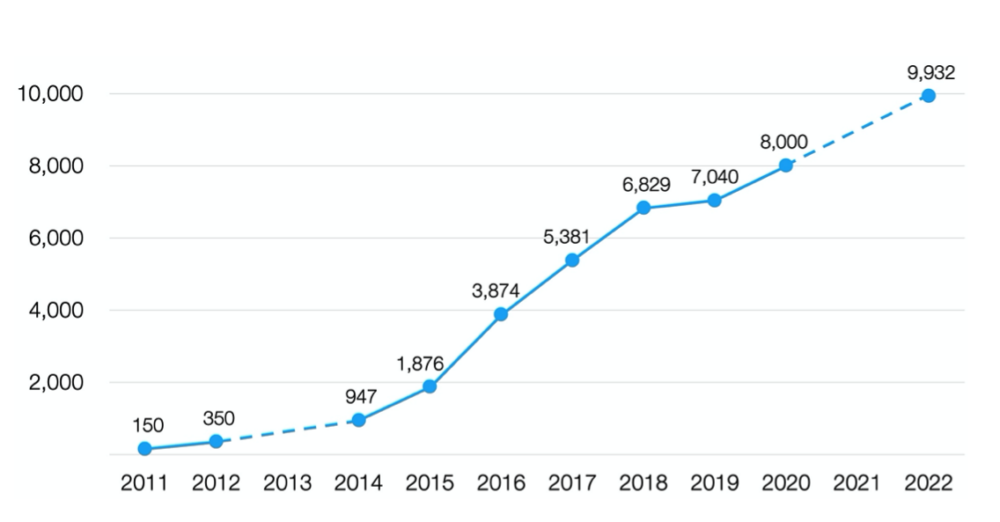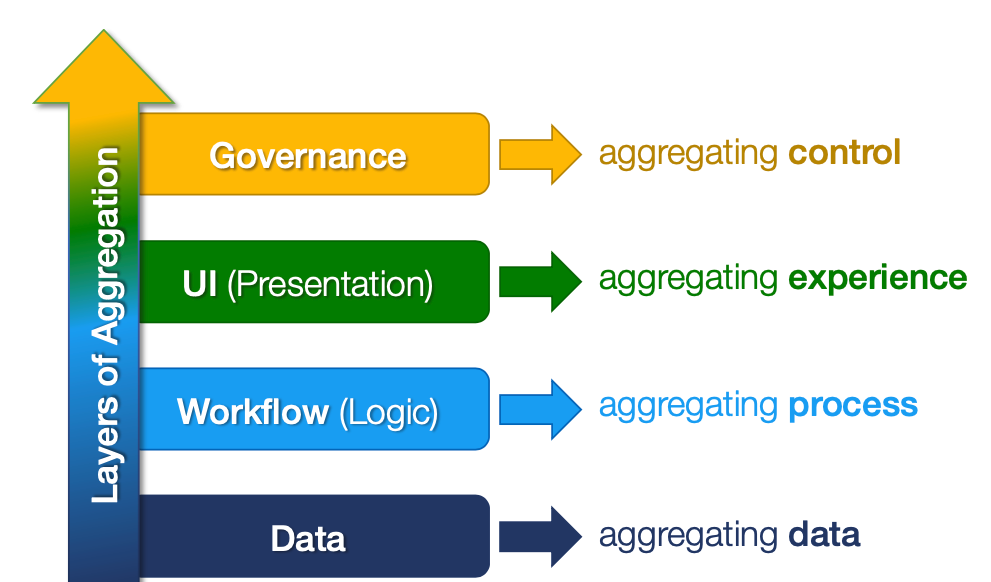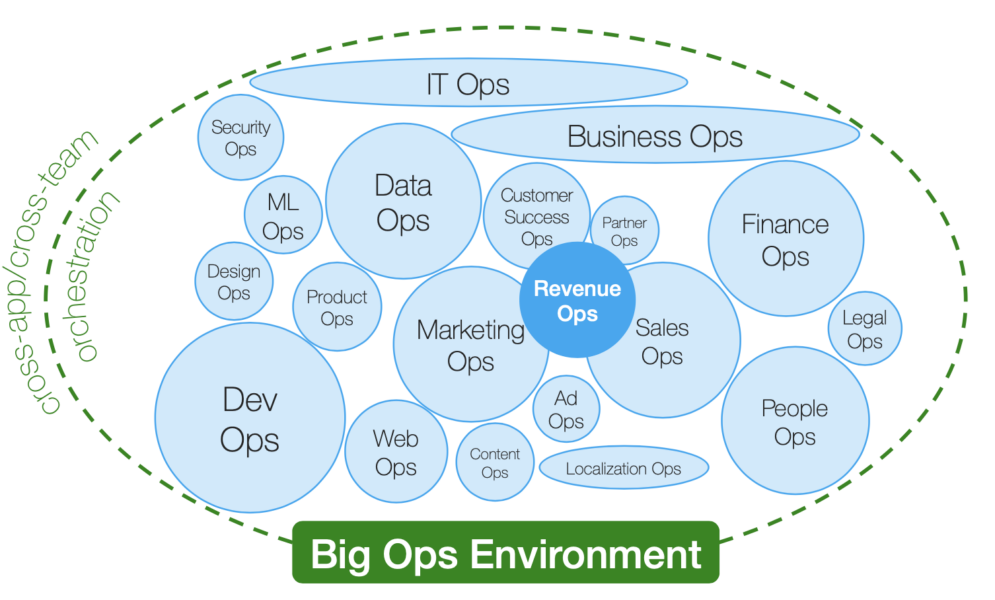The number of commercial martech solutions has risen by 5,233% from 2011 through 2020.
This leaves any reasonable person wondering: “This growth can’t persist indefinitely, right?”
Well, maybe it can.
According to The State of Martech 2022, published by Scott Brinker, Editor at chiefmartec.com, and Frans Riemersma, Founder of MartechTribe, the martech landscape is continuing to expand (albeit at a slower rate).
In just the last two years, the number of marketing technologies has grown by 24%—from 8,000 solutions to 9,932.

While we won’t go into all of the reasons for this sustained growth (The State of Martech already does a great job of that), we can safely assume that this trend is set to continue for the foreseeable future.
This growth also isn’t unique to martech. SaaS stacks have been growing across the board for years. More surprising, perhaps, is the projected growth of SaaS applications: According to a Forrester Analyst, the number of SaaS apps in the market may increase 10 fold by 2027 (from roughly 100,000 to a million applications).
So, how can you respond to this app explosion? The State of Martech offers up a pair of solutions. We’ll cover both as well as a way to implement them.
Performing aggregation across several layers lets you get the most out of your tech stack
Brinker and Riemersma explain that harnessing your martech stack requires you to perform aggregation along the following dimensions: data, workflow, UI, and governance.

- Data: The data from various source systems are aggregated and live in a data warehouse or data lake (similar use cases, like MDM or CDP, can also fall into this layer).
- Workflow: Business processes are aggregated across employees and their apps, and data pipeline workflows are also aggregated.
- UI: A business communications platform (e.g. Slack) aggregates the UIs of applications, allowing employees to access the data and functionality of their apps without leaving their business comms platform. An aggregated UI can also apply to applications that host data from a variety of sources (e.g. CRM).
- Governance: The capabilities of SaaS management platforms, data compliance and privacy tools, and identity access management services are aggregated, ensuring that you’re protecting business-critical and sensitive data in your applications to full effect.
It’s worth pointing out that martech shouldn’t be aggregated in a vacuum. To make these technologies more valuable for marketers, you’ll need to aggregate the dimensions above for your entire tech stack.
Brinker and Riemersma explained this idea in the context of integrating martech with a “data ops” ecosystem. In this example, data moves from applications and business operations to a data warehouse or data lake, where it then flows out into machine learning and BI apps and returns to applications and business operations.

By implementing this use case, your marketers can access additional data that enables them to perform their work more effectively. This can translate to more targeted ad campaigns, more personalized nurture sequences, more persuasive messaging across your site, etc.
Adopting domain-specific ops functions will help your organization achieve operational excellence
As the volume of applications, data, and processes continues to grow within marketing and other teams, operations-based roles will only become more important.
In response, your organization should adopt function-specific ops teams, like “Dev Ops,” “Web Ops,” “Legal Ops,” and “People Ops,” that can own the technology in their function and optimize the processes that fall under their area of expertise. Moreover, as aggregation takes place, specific ops teams can come closer together, leading to additional, overarching functions that can keep these teams aligned (e.g. RevOps).
This is also part of a broader trend that Brinker refers to as “Big Ops”, and it applies to just about every business unit—as shown below.

What organizations need to perform aggregation and to scale their ops teams
Fortunately, adopting “Big Ops” and aggregation doesn’t have to be a headache. We believe it requires using just a single tool, namely, an enterprise automation platform.
This type of platform offers the following:
- The ability to implement ETL/ELT-based use cases and end-to-end workflow automations across business-critical processes
- A low-code/no-code UX so that ops teams can implement integrations and automations without having to rely on IT or engineering
- Customizable platform bots that allow employees to access their data and applications within their business communications platform
- An ever-growing library of pre-built connectors and automation templates to help your team integrate a wide range of apps and automate countless workflows quickly and easily
